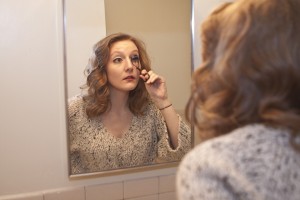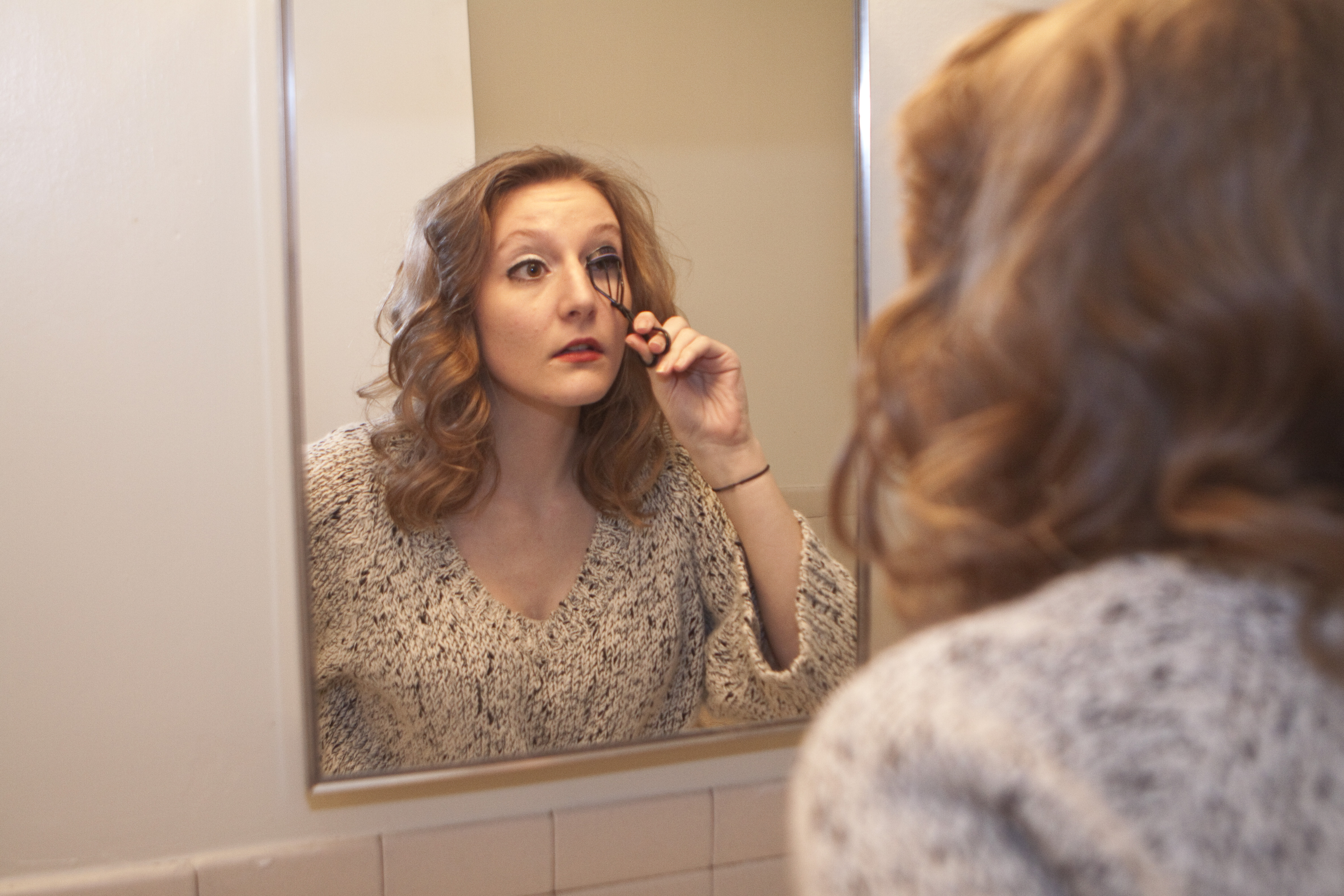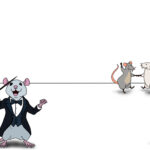
Defining beauty is like “corralling a cloud.” Yes, it might be difficult to define, but we sure know it when we see it, or at least think we do.
In every age and on every continent, we have searched for beauty. A relief on the tomb of the Egyptian nobleman Ptahhotep shows him getting a pedicure. Cleopatra wore “kohl,” thick eyeliner made from ground minerals. To emphasize their noble blood, women of the court of Louis XVI, drew blue veins on their necks and shoulders.
Annually, billions of dollars are spent on fragrances, makeup, hair and skin products. Even more is spent on diet products and health or gym club memberships; add to all of this the costs of cosmetic surgery.
But it actually may be worth it as beauty communicates that you are healthy, fertile and that your gene pool contains much beauty.
In this respect, beauty can be functional as well. Data suggest that attractive people earn more money, receive lighter sentences in court trials and are assumed to be friendlier.
Researchers Daniel Hamermesh and Jeff Biddle in “Beauty and the Labor Market” found that “plain” people suffer a pay penalty of five to ten per cent compared to “average” people, while “good looking people” enjoyed a five-per cent premium in salaries.
But we all know a deeper beauty, that beyond cosmetic enhancements, perfection does matter. If, when and how we see it, is a clear test of our values.
When novelist Henry James first met George Elliot, he wrote to his father describing her as “magnificently ugly.” He claimed she had a low forehead, dull grey eyes, a vast pendulous nose and a huge mouth, full of uneven teeth.
Yet, he also wrote that in her “vast ugliness resides a most powerful beauty which, in a very few minutes, steals forth and charms the mind. I ended falling in love with her.”
But what of those who are not seen as beautiful? That remarkable person Eleanor Roosevelt was once asked if she had any regrets. She answered that her only one was that she wished she had been prettier.
As for that timeless beauty Marilyn Monroe, she confided to a friend that she knew she had power when she was only eight. She climbed a tree and four boys rushed to help her down.
We are in the midst of a battle between gravity and beauty. And as we age, gravity takes its toll. Add time, genetics and a somewhat toxic environment; beauty’s archenemy is aging.
Some experts argue that our obsession with beauty is often related to the workplace and that gnawing sense of being obsolete, particularly now during our shrinking economy, increased unemployment and corporate downsizing.
Doctors say they are increasingly performing Botox injections and eyelifts for aging, yet competent individuals who are worried about those youngsters climbing up the corporate ladder just one rung behind them.
We must look young and keep ourselves looking fit for that race to the top. According to the American Society of Plastic Surgeons, men now account for 15 to 20 per cent of cosmetic surgery procedures.
While quieter about their “tucks”, men confess that such procedures are work-related and defend their touch-ups in the same terms women do, they face a more competitive work world and they want to remain in the game.
So we have Rogaine, Retin-A, Botox injections and Prozac for that sagging soul. Even powerful women such as Martha Graham, a force in modern dance, grew bitter as she got older.
In the middle of the night, she would phone one of her younger dancers: “Die while you are young and still beautiful,” she would say and abruptly hang up.
In a recent survey, 20 per cent of the women and 15 per cent of the men interviewed, said they would gladly sacrifice more than five years of their lives to be at their ideal weight.
According to another survey, 80 per cent of the women sampled were dissatisfied with their bodies. The competitive workplace climate makes us older workers, less confident and more anxious.
Surely we all know that beauty is not only cosmetic perfection. Beauty combines all the wonderfully creative things any person is; how gently they handle themselves and others, their kindness. And then there are those many other variables to be considered when hiring: skill level, personality, tacit or experiential knowledge.
So while some of us may feel the need to get a tuck here and a tuck there, the truth is that kindness and beauty are inextricably bound up with each other.
Henry James fell in love with George Elliot, not because she was cosmetically perfect but because of the radiant beauty streaming from her gentle and creative soul.








Leave a Reply
You must be logged in to post a comment.